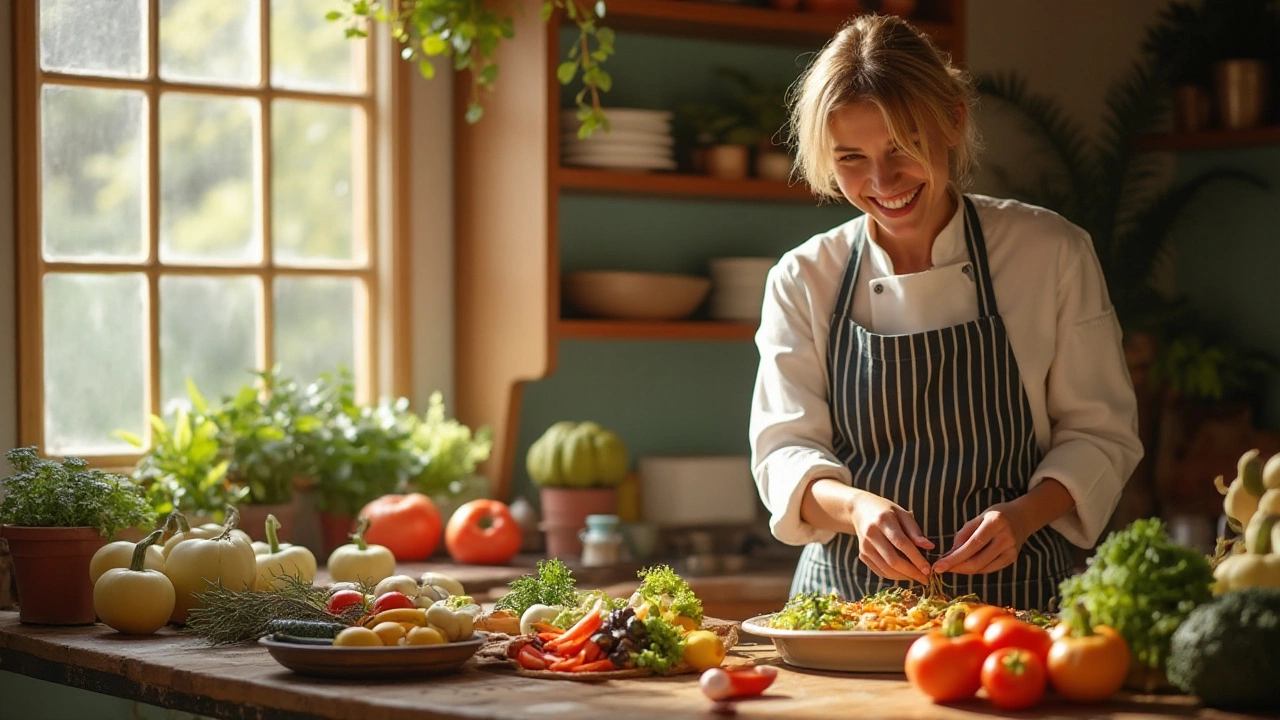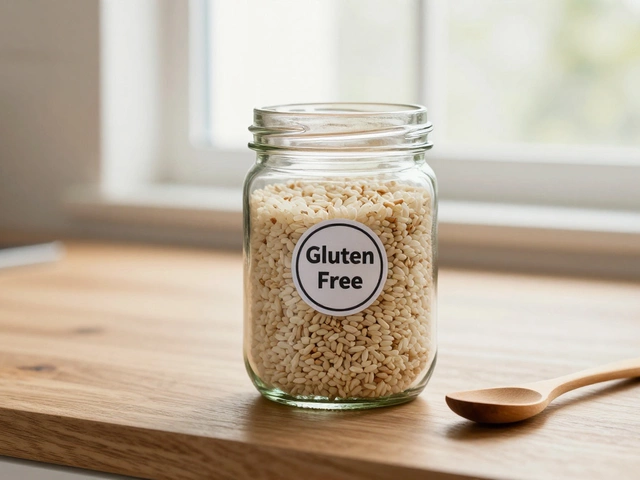Foods Vegetarians Avoid and How to Replace Them
If you’ve just gone vegetarian or you’re helping someone else, the first question usually is: “What can I’t eat?” The answer isn’t a long list of boring bans. It’s more about understanding why certain foods don’t fit a plant‑based lifestyle and what you can use instead. This guide breaks down the most common foods vegetarians avoid, the reasons behind the choices, and quick swaps that keep your plate exciting.
Common Foods Veggies Skip
Meat and poultry – Beef, pork, chicken, turkey, and any meat‑based broths are the biggest no‑nos. They’re full of animal protein and fats that vegetarians replace with beans, lentils, tofu, or tempeh.
Fish and seafood – Even though fish is a great source of omega‑3s, vegetarians avoid it because it’s still animal flesh. Algal oil or walnuts can give you those healthy fats without the fish.
Gelatin – This stretchy ingredient comes from animal bones and skin. You’ll find it in gummy candies, marshmallows, and some desserts. Look for agar‑agar or pectin as plant‑based gelling agents.
Animal‑derived rennet – Certain cheeses use rennet from calf stomachs. Vegans skip them, but many vegetarians still enjoy cheese made with microbial or vegetable rennet. Always check the label.
Bone broth – Popular in many cuisines for its deep flavor, bone broth is made by simmering animal bones. Replace it with mushroom broth, miso soup, or a vegetable stock simmered with herbs.
Eggs – Some vegetarians (lacto‑ovo) eat eggs, but many avoid them for ethical or dietary reasons. Flaxseed “egg” (1 tbsp ground flax + 3 tbsp water) works great in baking.
These are the headline items, but there are gray areas too. For example, honey is an animal product, yet many vegetarians still use it. Decide what feels right for you and stick with it.
Easy Swaps and Tips
Switching away from animal foods doesn’t mean you have to give up flavor. Here are quick replacements that keep your meals satisfying:
- Protein: Use lentils, chickpeas, black beans, or edamame instead of meat. They’re cheap, fill you up, and take on any spice you throw at them.
- Texture: Want the chew of chicken? Try jackfruit or tofu pressed and marinated. Both soak up sauces and give that bite you miss.
- Umami boost: Add soy sauce, nutritional yeast, miso, or sun‑dried tomatoes to replace the deep taste you get from meat broths.
- Richness: Coconut cream, cashew sauce, or avocado can stand in for dairy‑based sauces.
- Snacks: Swap gummy candies for fruit leather or homemade oat bars. Use dark chocolate instead of marshmallow‑filled treats.
When you’re unsure whether a product contains hidden animal ingredients, scan the label for phrases like “contains gelatin,” “co‑processed with dairy,” or “may contain traces of meat.” If the ingredient list mentions “animal‑derived,” choose a plant‑based alternative.
One practical tip: keep a small cheat‑sheet in your pantry. Write down your favorite swaps – “ground beef → lentils,” “egg → flax egg,” “cream → cashew cream.” When you’re cooking, the sheet reminds you of the easy alternatives, so you don’t waste time guessing.
Finally, remember that going vegetarian is a journey, not a perfection contest. If you accidentally use a meat‑based stock once, don’t stress. Adjust, learn, and move on. Over time you’ll build a kitchen stocked with plant‑based staples, and the “foods to avoid” list will feel less like a restriction and more like a guide to healthier choices.
Ready to start? Grab a can of chickpeas, a bag of frozen veggies, and your favorite spices. In a few minutes you’ll have a tasty, meat‑free meal that proves vegetarians don’t miss anything – they just enjoy different flavors.

Two Surprising Foods Vegetarian Would Avoid
by Landon Weathers / 28 Nov 2024Understanding vegetarianism involves recognizing the foods that are not part of the diet. Vegetarians avoid consuming animal flesh, which is a key distinction from other diets. Eggs and gelatin are two surprising foods that are also excluded in some vegetarian diets. Learning about these ingredients helps in creating authentic vegetarian meals. This knowledge supports inclusive cooking for vegetarians.




